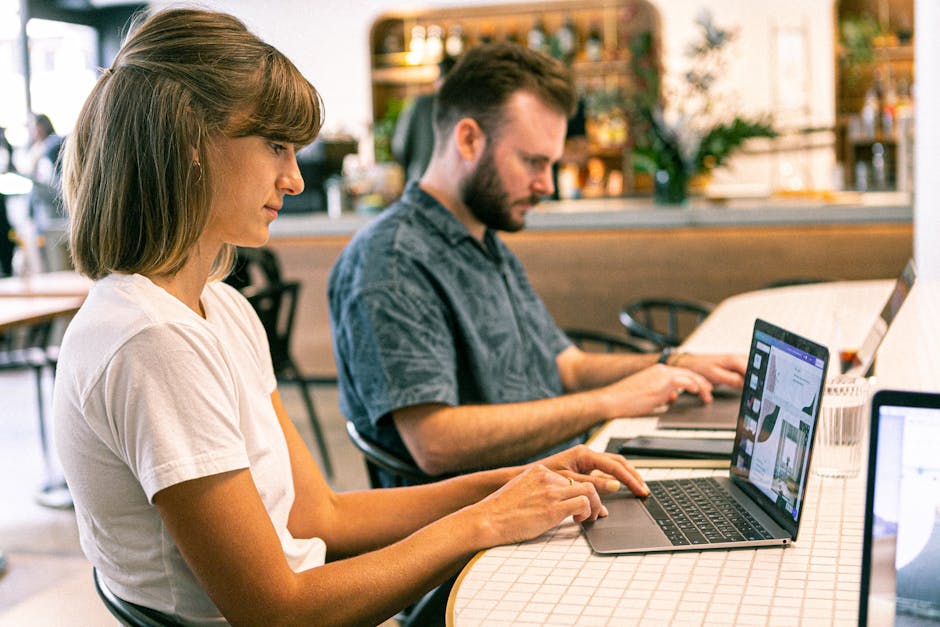Introduction
As we navigate through the complexities of the 21st century, the importance of creativity development cannot be overstated. Creativity is no longer just the domain of artists, musicians, and writers. It has become a crucial skill for everyone, irrespective of their field of work or study. It is the fuel that drives innovation, problem-solving, and adaptability in an ever-changing world.
Understanding and developing creativity is not just about producing original ideas. It’s about viewing the world from different perspectives, challenging the status quo, and finding unique solutions to problems. It’s about growth, resilience, and the ability to navigate through life’s challenges with grace and flexibility.
Moreover, creativity enhances problem-solving skills. It encourages us to think outside the box and come up with innovative solutions. It fosters a sense of curiosity and exploration, leading to a deeper understanding of the world around us. In this blog post, we will delve into the world of creativity development, its benefits, and how to nurture it in different settings.

Photo by Canva Studio on Pexels
Understanding Creativity
Before we delve into the strategies for developing creativity, it’s essential to understand what creativity is. Creativity is the ability to generate, develop, and express novel and useful ideas. It involves two processes: thinking, then producing. It’s not just about having new ideas but also about the ability to turn these ideas into reality.
There are different types of creativity, including artistic creativity, scientific creativity, and everyday creativity. Artistic creativity involves creating a piece of art or music, while scientific creativity involves coming up with a new theory or invention. Everyday creativity, on the other hand, involves coming up with new ways to solve daily problems or challenges.
There are several myths and misconceptions about creativity. One common myth is that creativity is an inborn talent that only a few possess. However, creativity theories suggest that creativity is a skill that can be developed with practice and the right kind of nurturing. Another myth is that creativity is all about spontaneity, while in reality, it often involves a lot of hard work, persistence, and focus.
Benefits of Developing Creativity
Developing creativity has numerous benefits. It enhances critical thinking skills, allowing individuals to analyze situations or problems from different perspectives. This ability to think critically is crucial in today’s complex and fast-paced world.
Creativity also fosters innovation and adaptability. In an ever-changing world, the ability to come up with innovative solutions and adapt to new situations is invaluable. It allows individuals and organizations to stay ahead of the curve and thrive in the face of change.
Moreover, creativity boosts self-confidence and self-expression. When individuals engage in creative activities, they learn to express themselves more freely and confidently. This increased self-confidence can have a positive impact on various aspects of life, including personal relationships, career, and overall well-being.

Photo by Marcus Aurelius on Pexels
Strategies for Developing Creativity
Developing creativity involves embracing curiosity and exploration. It’s about asking questions, seeking answers, and being open to new experiences. It’s about stepping out of your comfort zone and challenging yourself to think differently.
Encouraging divergent thinking is another effective strategy for creativity development. Divergent thinking involves generating multiple solutions to a problem, as opposed to convergent thinking, which involves finding the single best solution. This kind of thinking encourages creativity and innovation.
Practicing brainstorming and idea generation techniques can also help in developing creativity. These techniques encourage the free flow of ideas and promote creative thinking. Engaging in creative activities and hobbies, such as painting, writing, or playing a musical instrument, can also boost creativity. Additionally, seeking inspiration from various sources, such as books, art, nature, and other cultures, can stimulate creative thinking.
Nurturing Creativity in Different Settings
Promoting creativity in the workplace can lead to increased productivity, innovation, and job satisfaction. It can be fostered by creating a supportive environment that encourages risk-taking, collaboration, and the sharing of ideas. Employers can also provide opportunities for continuous learning and development, which can stimulate creativity.
In educational settings, fostering creativity is crucial for preparing students for the future. Teachers can promote creativity by incorporating creative activities into the curriculum, encouraging divergent thinking, and providing a supportive environment for idea generation. Effective learning strategies that promote creativity include project-based learning, inquiry-based learning, and experiential learning.
Creativity can also be cultivated in everyday life. This can be done by engaging in creative hobbies, seeking new experiences, and practicing mindfulness. Mindfulness helps in creativity development by promoting focus, openness to new ideas, and the ability to observe and reflect.

Photo by Andrea Piacquadio on Pexels
Overcoming Creative Blocks
Despite the importance of creativity, many people experience creative blocks. These can be caused by various factors, including fear of failure, self-doubt, and lack of inspiration. Identifying these barriers is the first step towards overcoming them.
Strategies for overcoming creative blocks include taking breaks, seeking inspiration, changing your environment, and collaborating with others. Taking breaks can help clear your mind and reduce stress, while seeking inspiration can stimulate creative thinking. Changing your environment can provide a fresh perspective, and collaborating with others can lead to the generation of new ideas.
Seeking support and collaboration can also help in overcoming creative blocks. This can involve seeking feedback from others, collaborating on projects, or seeking professional help, such as coaching or therapy. Social support can provide a fresh perspective, encouragement, and constructive feedback, which can help in overcoming creative blocks.
Conclusion
In conclusion, creativity development is a crucial skill in the 21st century. It enhances problem-solving skills, fosters innovation and adaptability, and boosts self-confidence. By understanding what creativity is and how it can be developed, we can harness its power to improve our lives and the world around us.
We hope that this blog post has provided you with valuable insights into creativity development and how to nurture it in different settings. Remember, creativity is not just about having original ideas. It’s about being open to new experiences, challenging the status quo, and finding unique solutions to problems. So, embrace your creativity, nurture it, and let it guide you on your journey of growth and self-discovery.
As we conclude, we encourage you to embrace and nurture creativity in your daily life. Whether it’s in your personal life, at work, or in the classroom, fostering creativity can lead to numerous benefits. So, start your #CreativeJourney today and witness the transformative power of creativity.



